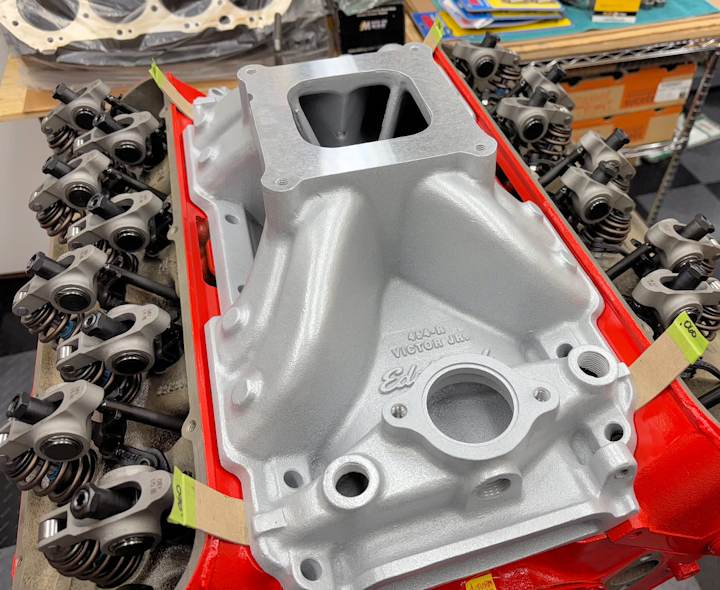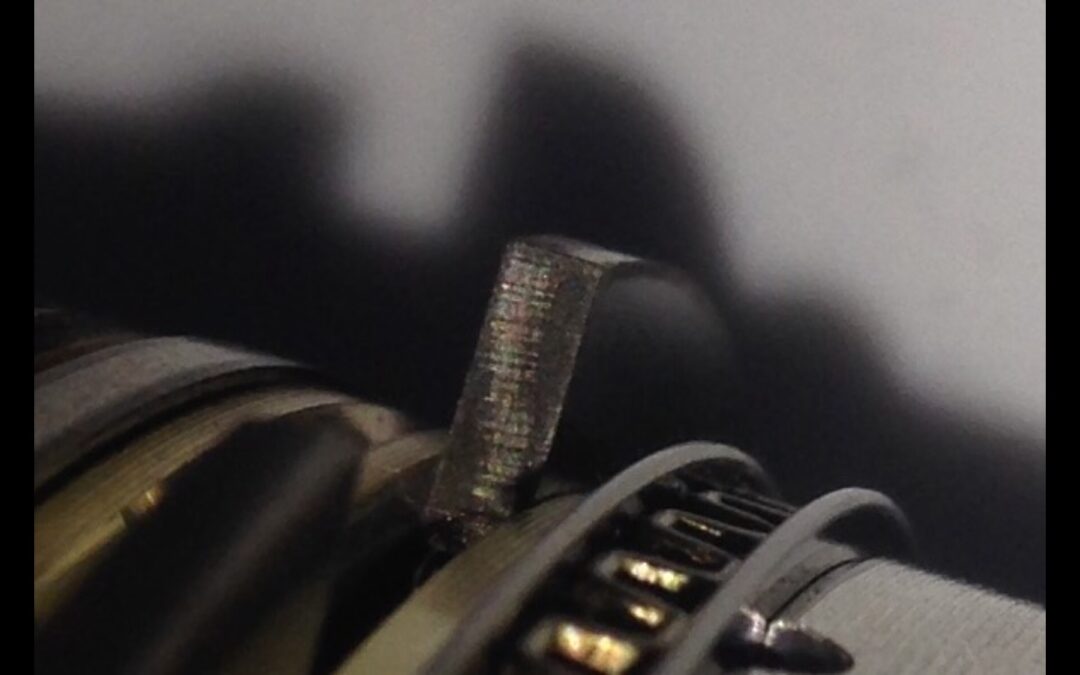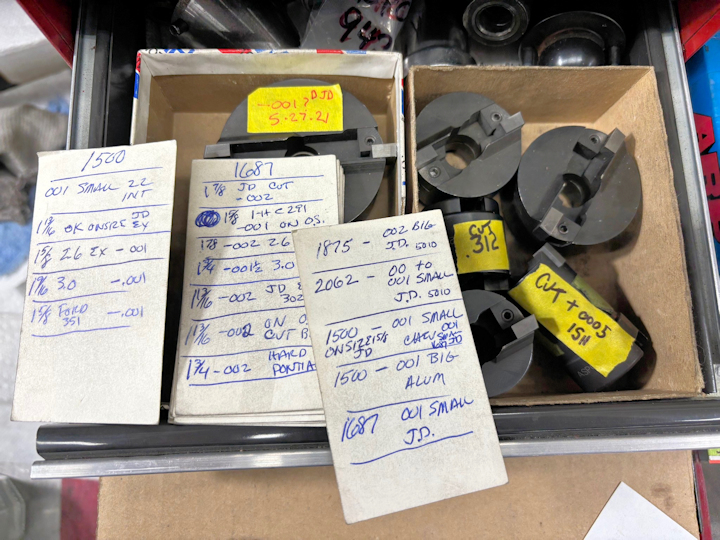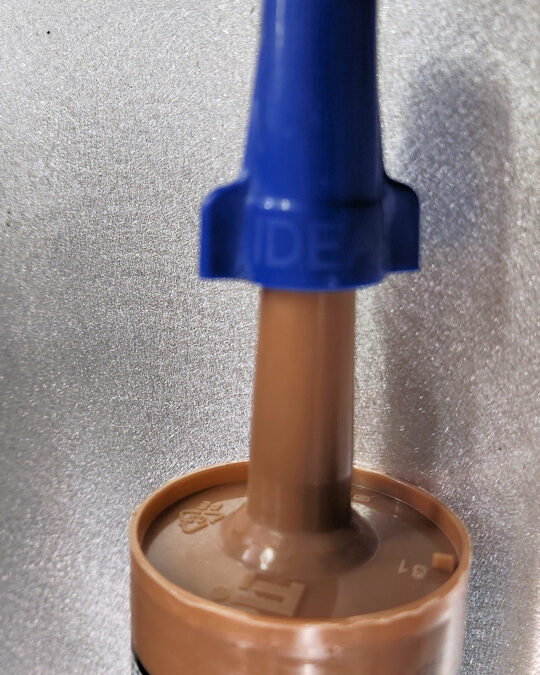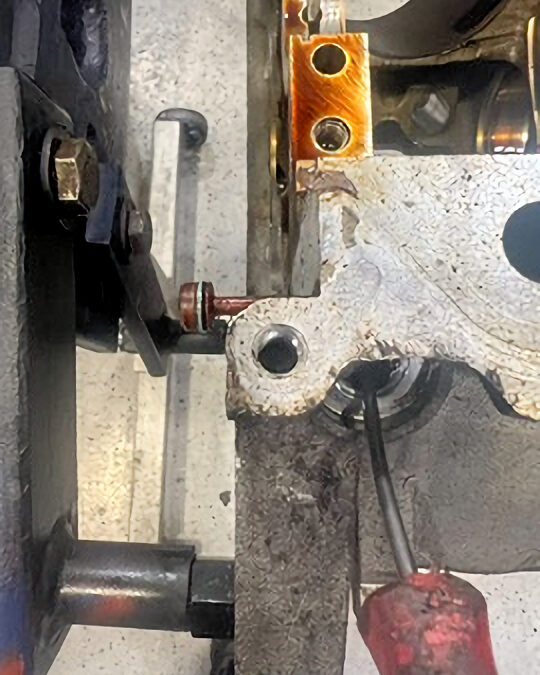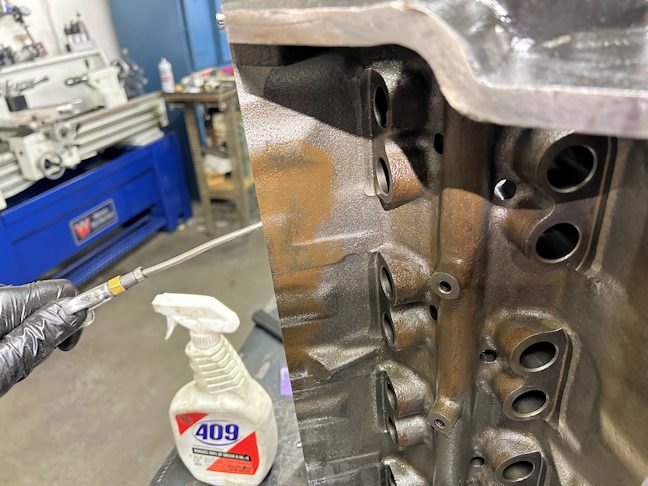When deciding how much to mill an intake manifold for “fit”, I use cardboard shims. Most gaskets are .060 compressed, and if the intake fits great with, say, a .020 shim, then a .040 removal is needed. At that point, I also check the ends for fit. Machine once, wash...
